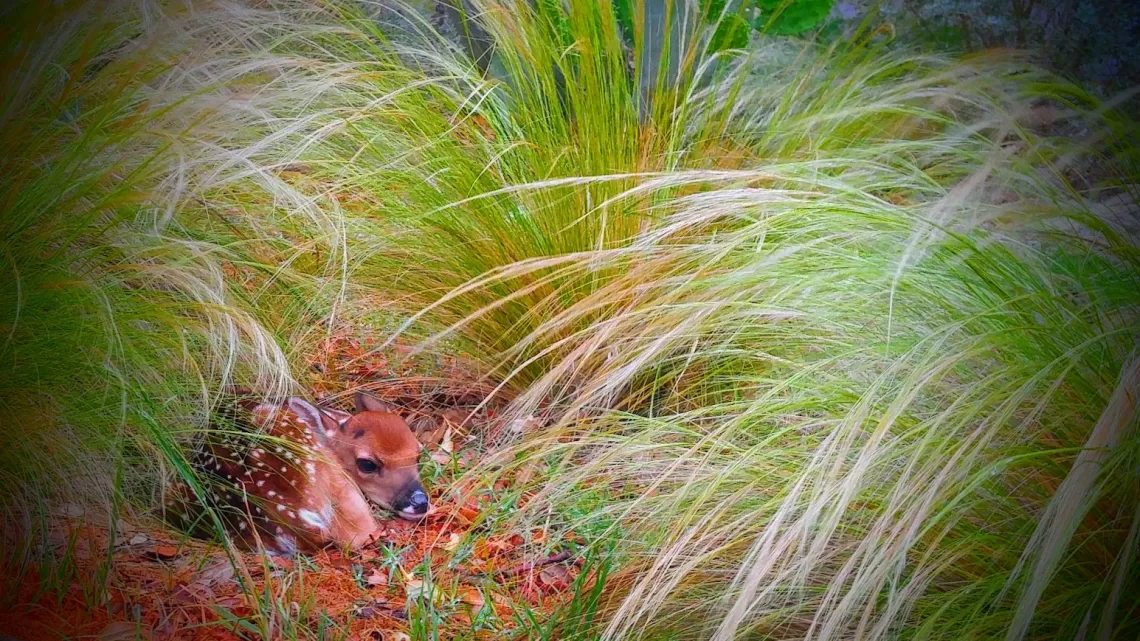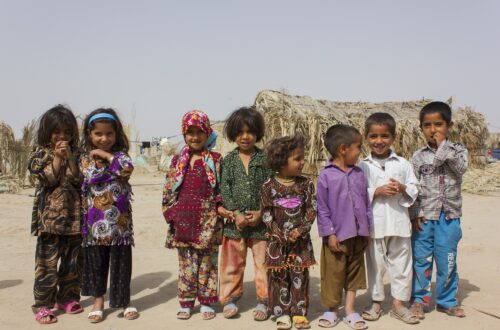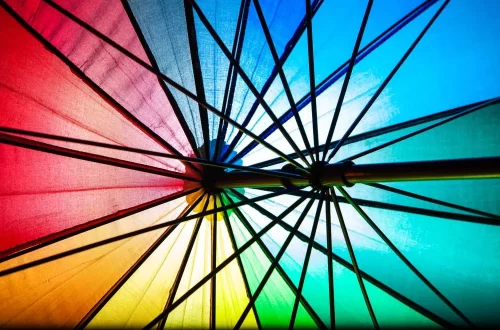
Capturing the World of Wildlife Photography
 Wildlife photography – it’s more than just pointing a camera at an animal. It’s about patience, respect, and a deep connection with the natural world. It’s about capturing a fleeting moment, a unique behavior, or the raw beauty of a creature in its element. Each click of the shutter can tell a story, evoke emotion, and even inspire conservation.
Wildlife photography – it’s more than just pointing a camera at an animal. It’s about patience, respect, and a deep connection with the natural world. It’s about capturing a fleeting moment, a unique behavior, or the raw beauty of a creature in its element. Each click of the shutter can tell a story, evoke emotion, and even inspire conservation.
There’s an incredible thrill in anticipating an animal’s movements, waiting for the perfect light to illuminate its fur or feathers, and finally capturing that image that speaks volumes. Whether it’s the intense gaze of a predator, the playful antics of young cubs, or the vibrant colors of a bird in flight, wildlife photography offers a window into a world often unseen.
But where do you begin if you’re drawn to this captivating genre? It might seem daunting, with images of photographers trekking through remote landscapes with expensive gear. While professional wildlife photography can certainly involve that, you can absolutely start closer to home with the equipment you might already have.
Here are a few tips to get you started on your wildlife photography journey:
- Start Local: You don’t need to travel to exotic locations right away. Explore your local parks, nature reserves, or even your own backyard. You’d be surprised at the wildlife you can find close to home – birds, squirrels, insects, and more. This allows you to practice and learn without the added pressure and expense of travel.
- Understand Your Subject: The more you know about the animals you’re photographing, the better your chances of capturing compelling images. Learn about their behavior, their habitats, and the best times and places to find them. This knowledge will help you anticipate their actions and be in the right place at the right time.
- Patience is Key: Wildlife photography often involves a lot of waiting. Animals don’t pose on cue! Be prepared to spend time observing your subjects, waiting for the perfect moment to unfold. Bring a comfortable seat, water, and snacks.
- Utilize Available Light: Natural light is your best friend in wildlife photography. Pay attention to how the light falls on your subject at different times of day. Golden hour (shortly after sunrise and before sunset) often provides the most beautiful and flattering light.
- Get Down Low: Changing your perspective can dramatically improve your wildlife photos. Getting down to the animal’s eye level can create a more intimate and engaging connection with your subject.
- Practice with What You Have: You don’t need the most expensive camera and lenses to start. A basic DSLR or mirrorless camera with a decent zoom lens can be a great starting point. Focus on learning the fundamentals of photography – composition, exposure, and focus – with the gear you have.
Wildlife photography is a rewarding pursuit that connects you with nature in a profound way. So grab your camera, step outside, and start capturing the wild beauty around you!




